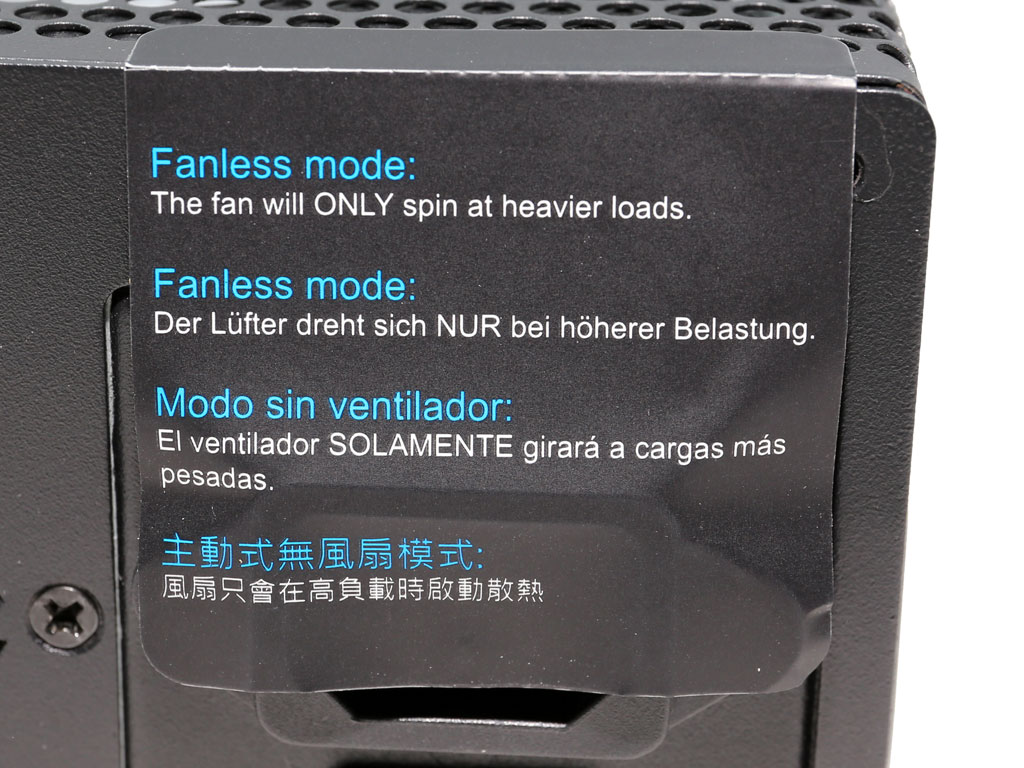Aerocool Project 7 850W PSU Review
Why you can trust Tom's Hardware
Packaging, Contents, Exterior & Cabling
Packaging
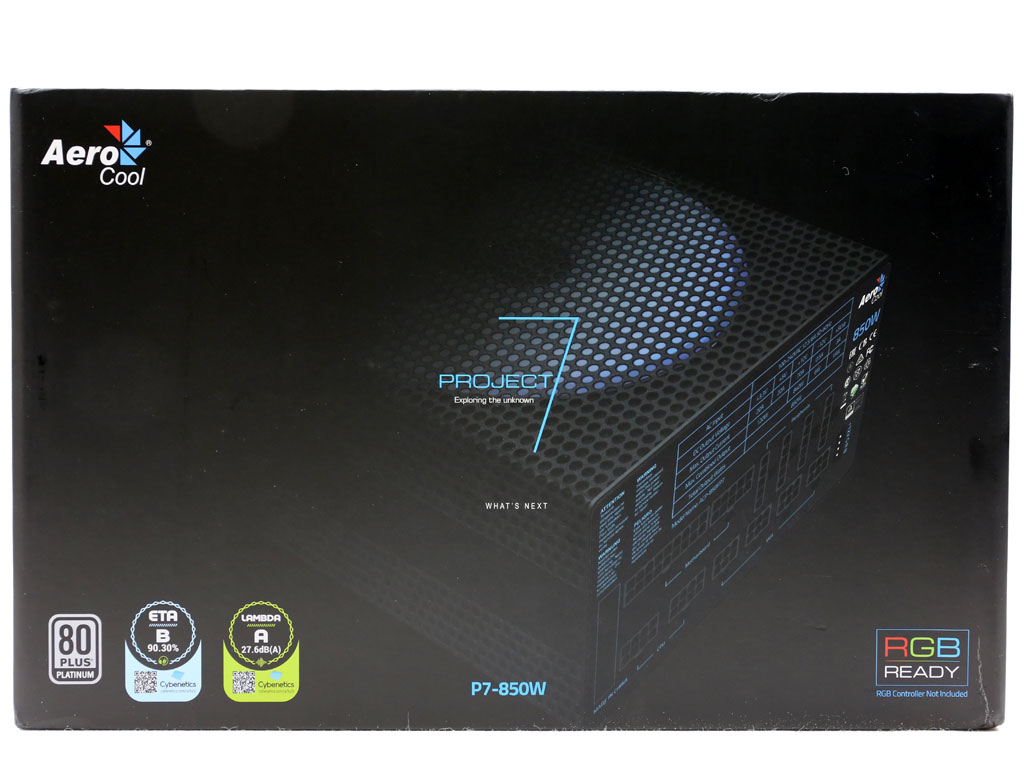

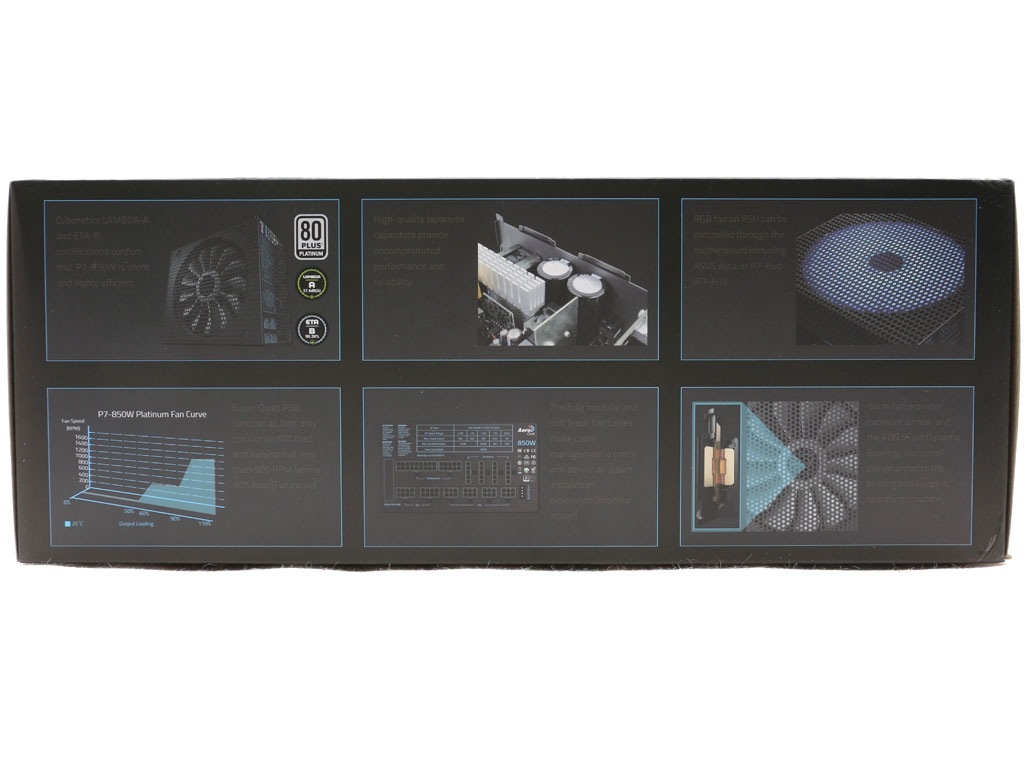
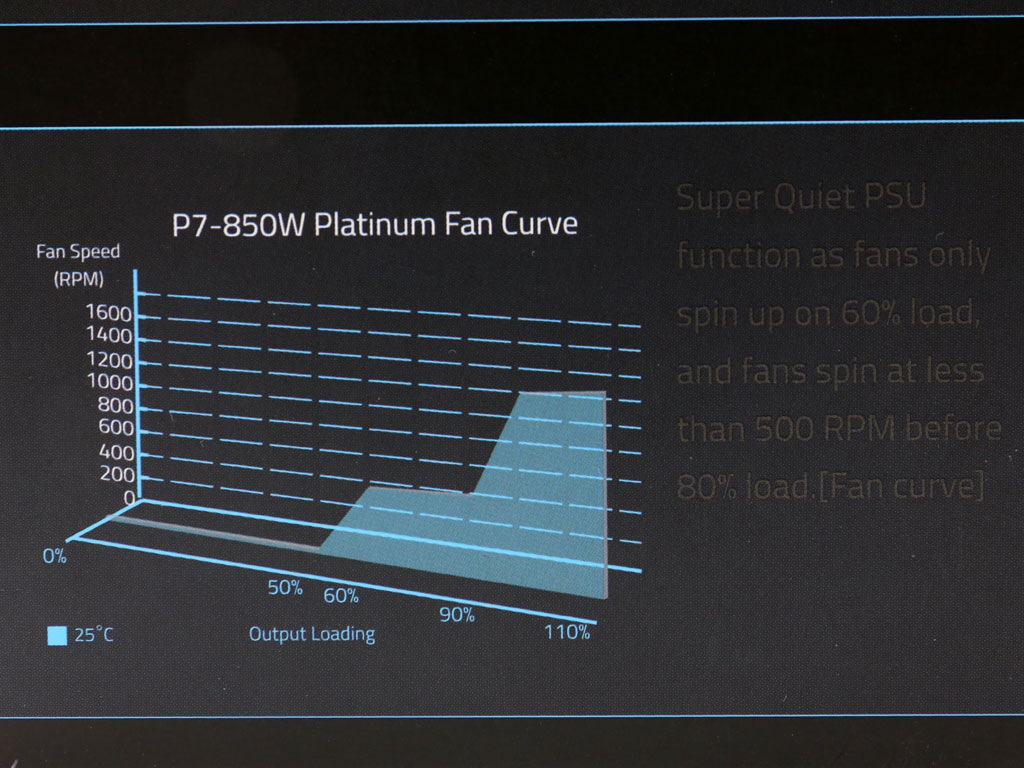
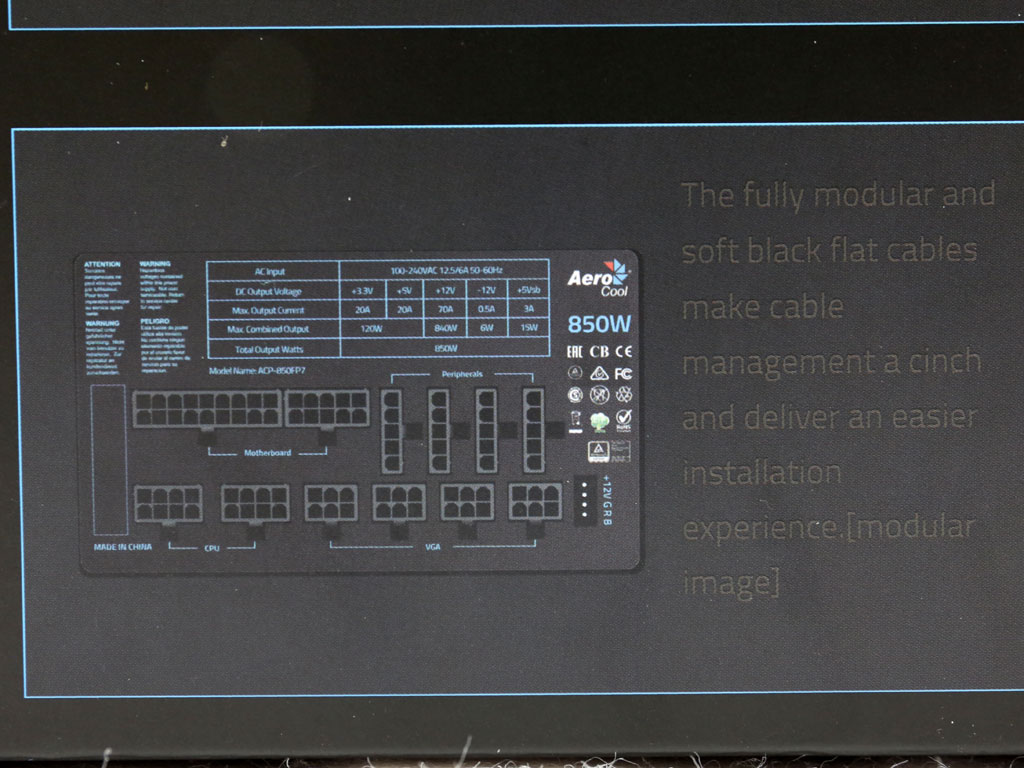

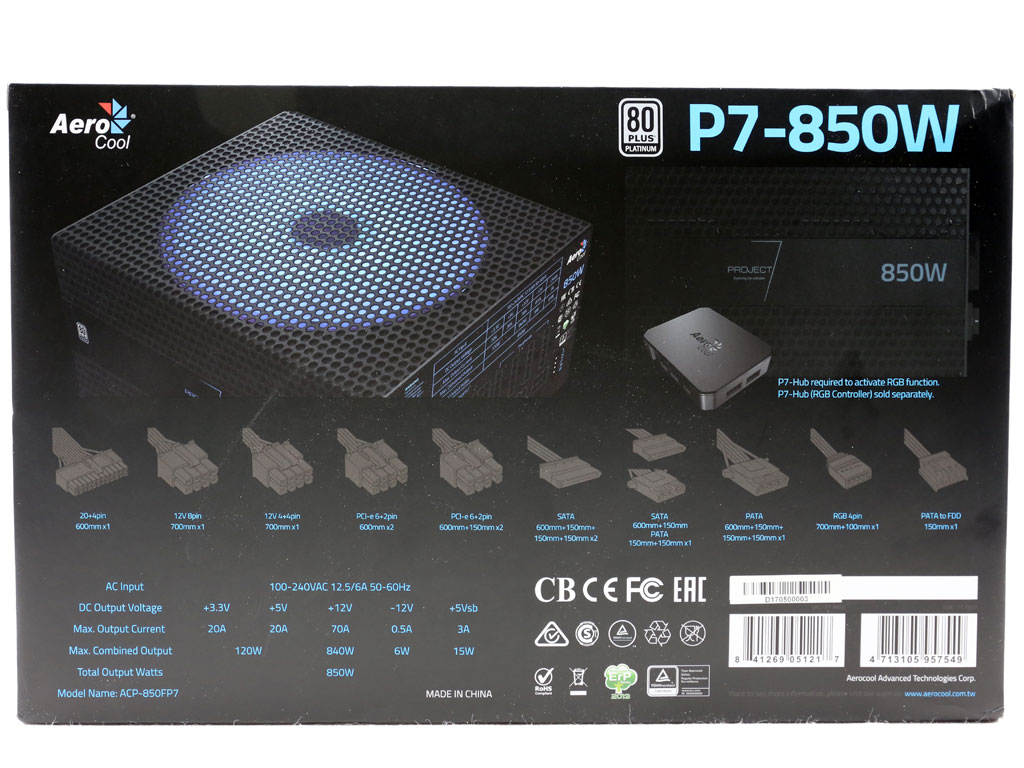
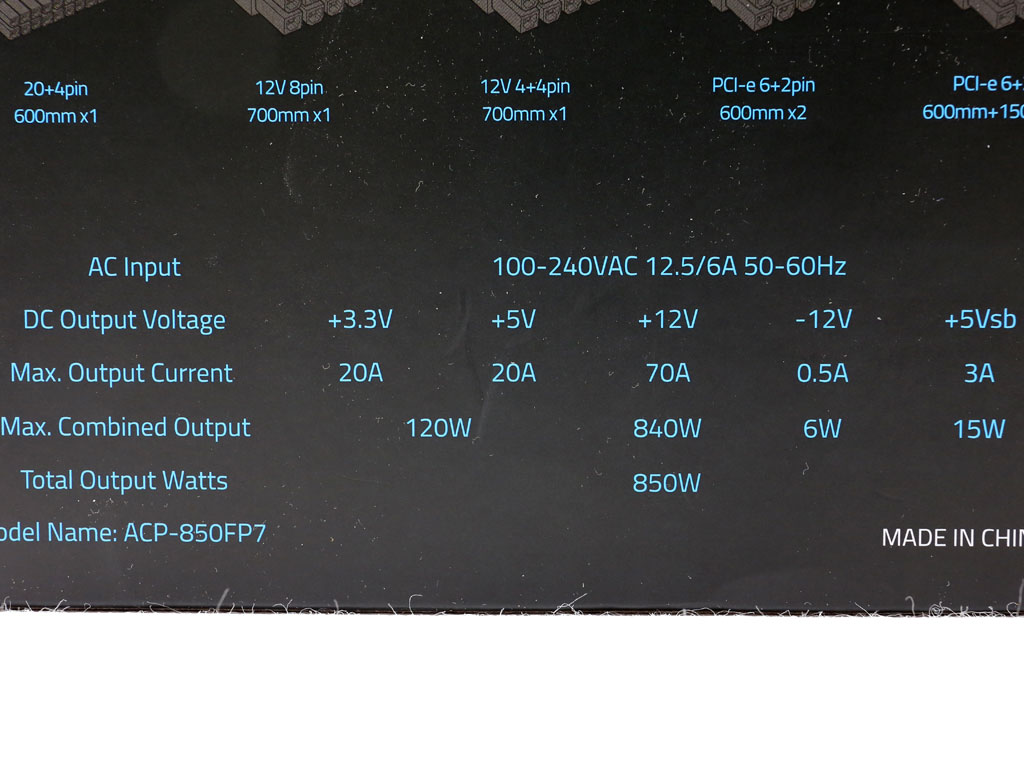
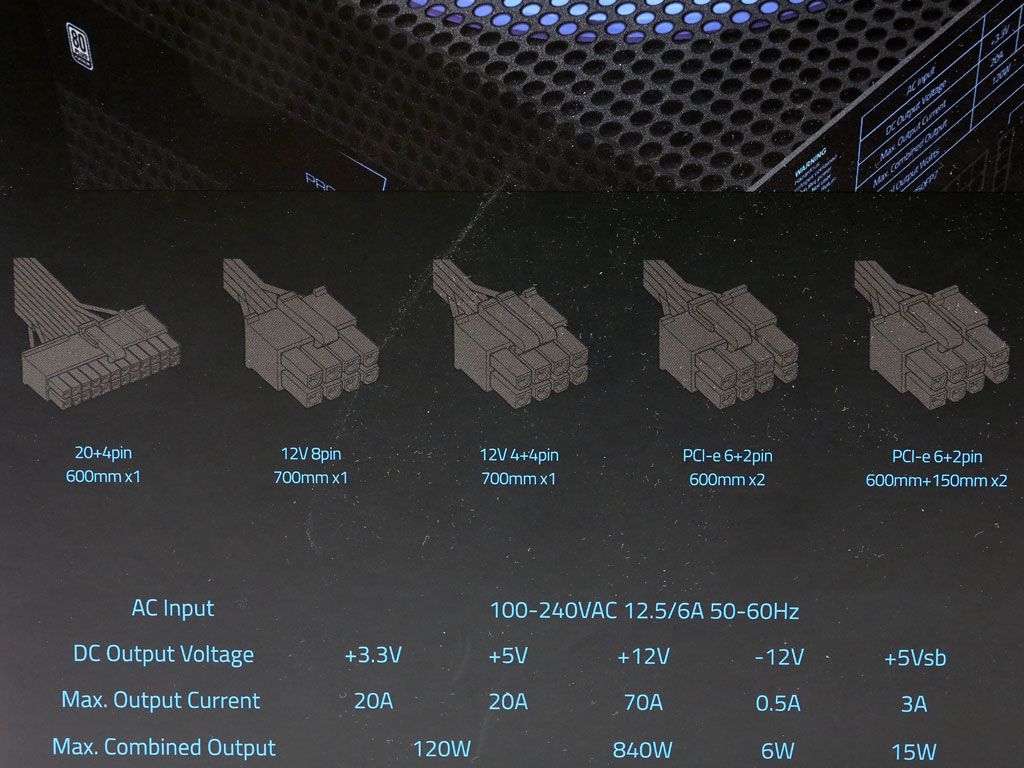
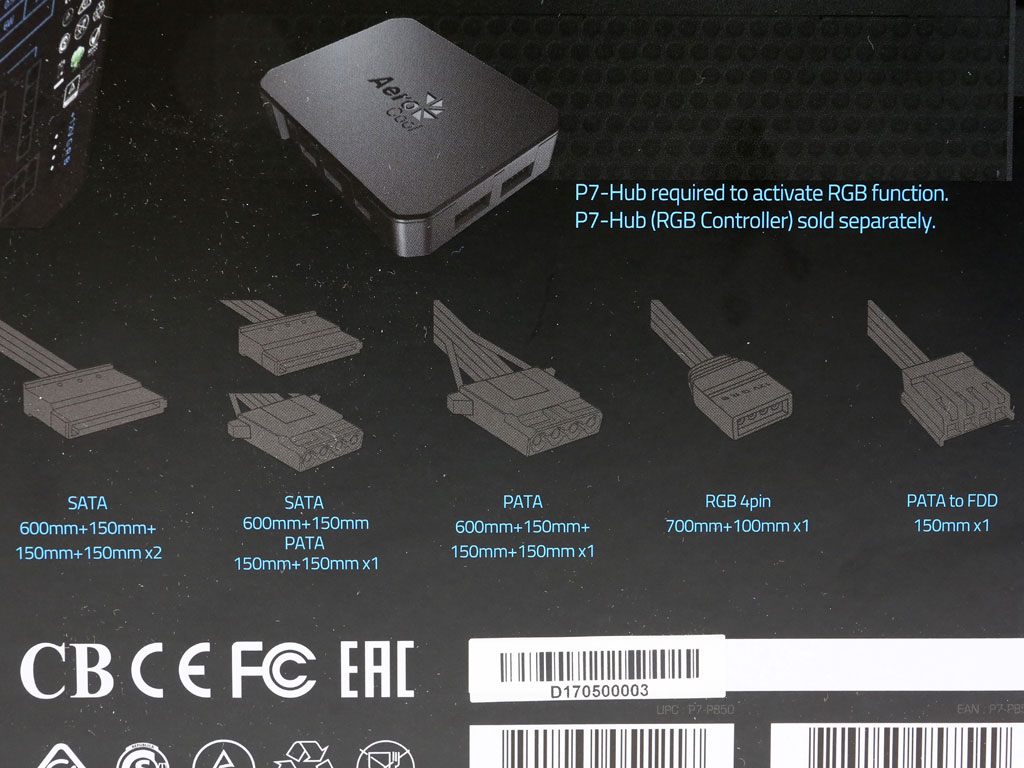
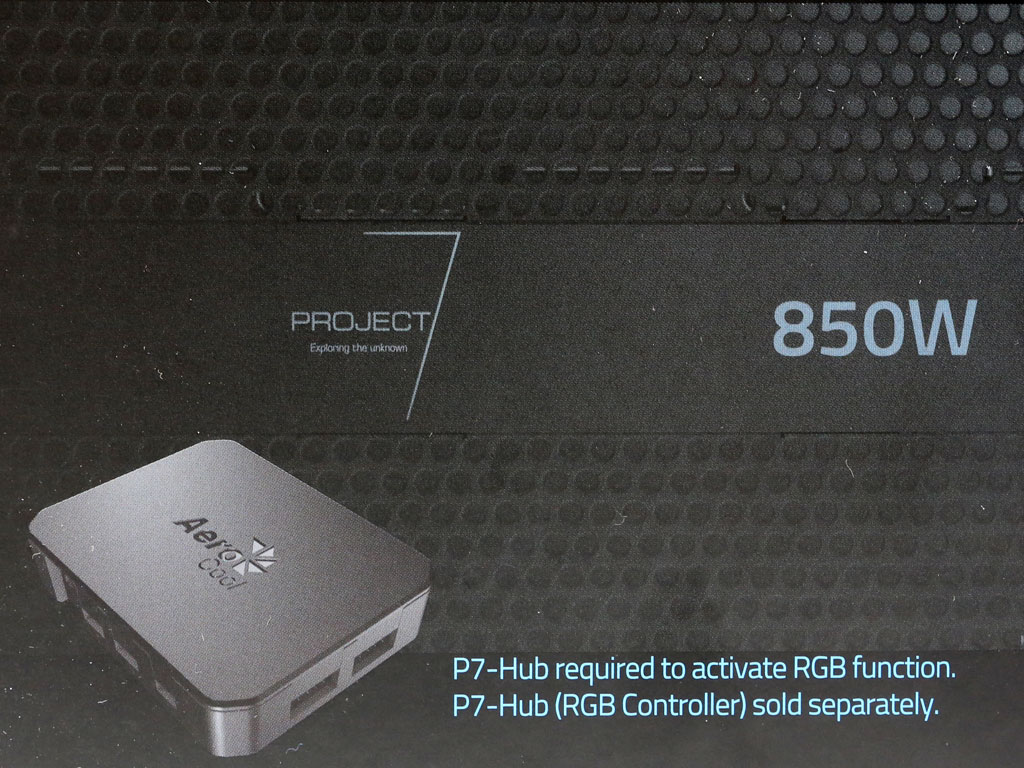
The box looks nice. In its center, we find a reference to Aerocool's Project 7 family.
On the bottom, six diagrams show some of the PSU's features, including RGB lighting, fully modular cabling, the Japanese bulk caps, an extra-quiet fan profile, and a picture of the PSU with its badges.
Around back, there's a description of the available connectors. You'll also find a power specifications table on the same side, along with a photo of the optional P7-Hub, which is required to activate the fan's RGB function. Again, this hub isn't just for the PSU. Rather, it controls the lighting of all compatible Aerocool products.
Contents


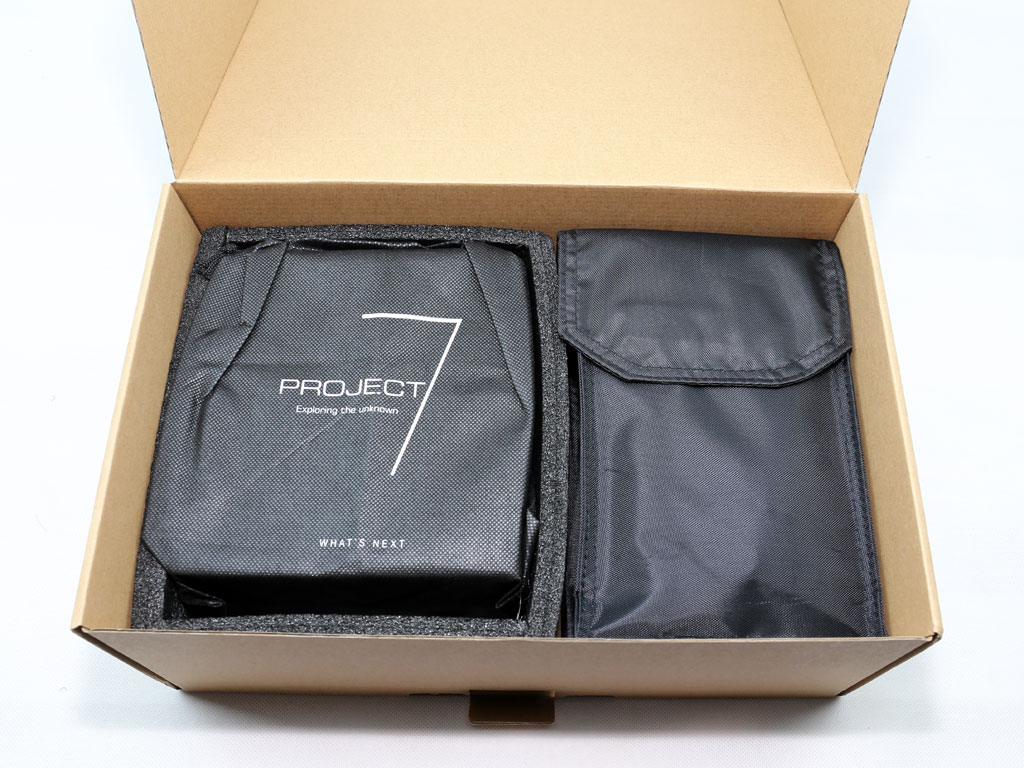

The external sleeve hides a sturdy box able to protect the contents inside. Of course, it helps that Aerocool uses packing foam, too. The PSU itself is stored in a cloth bag (a nice touch).
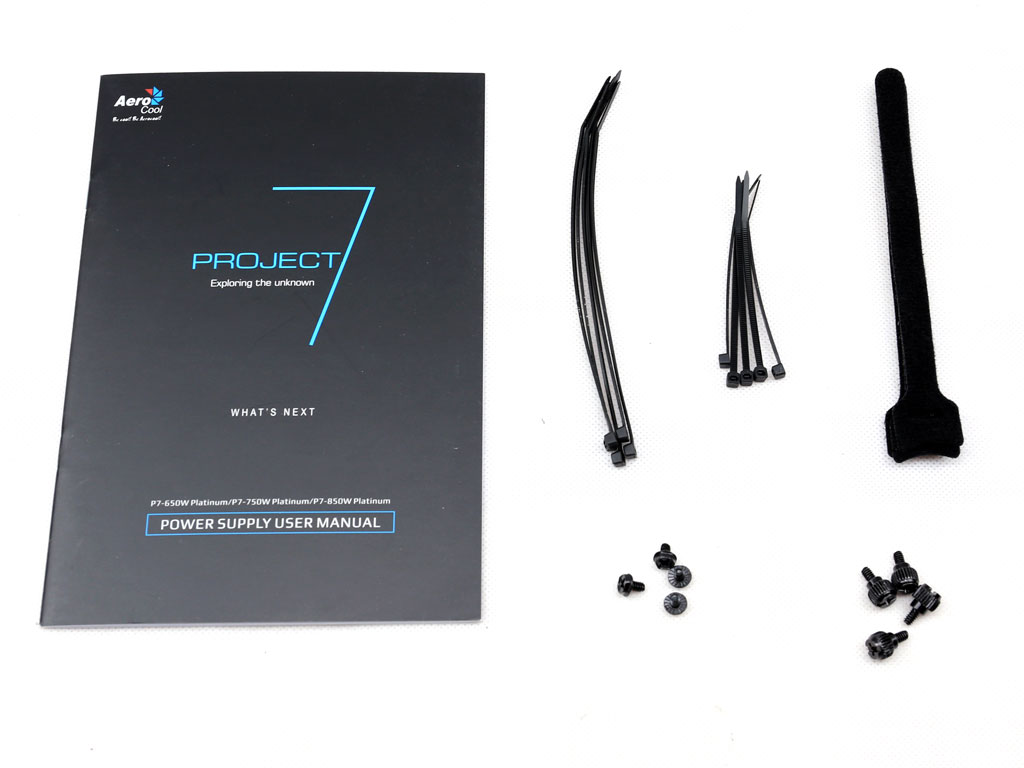
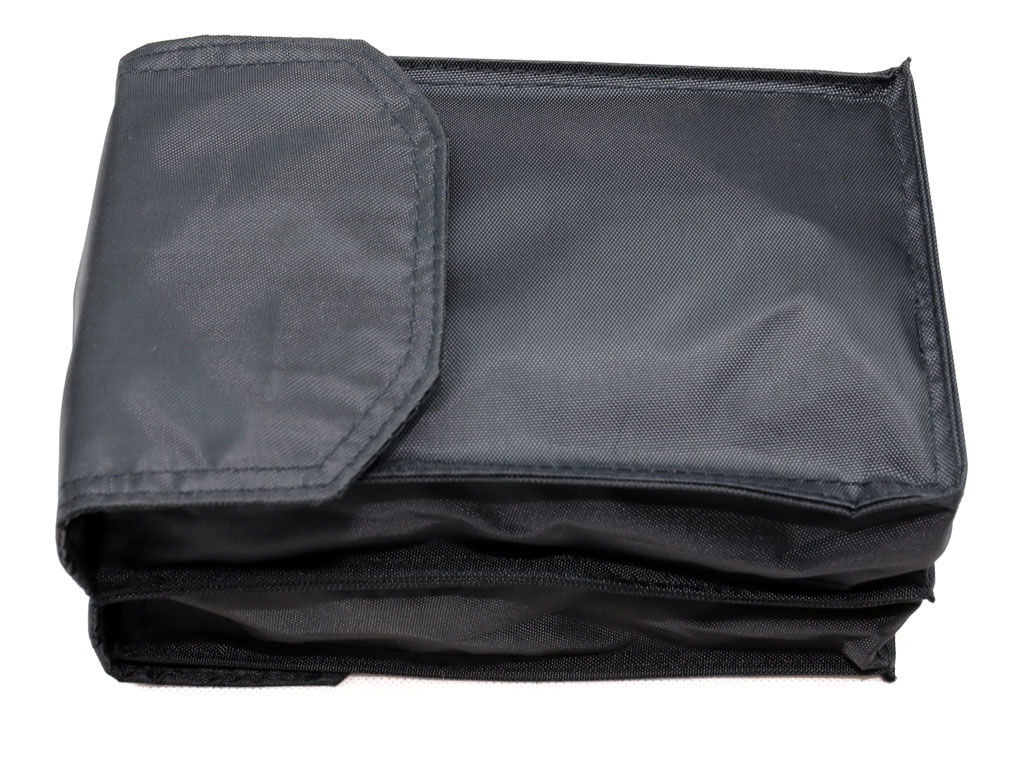
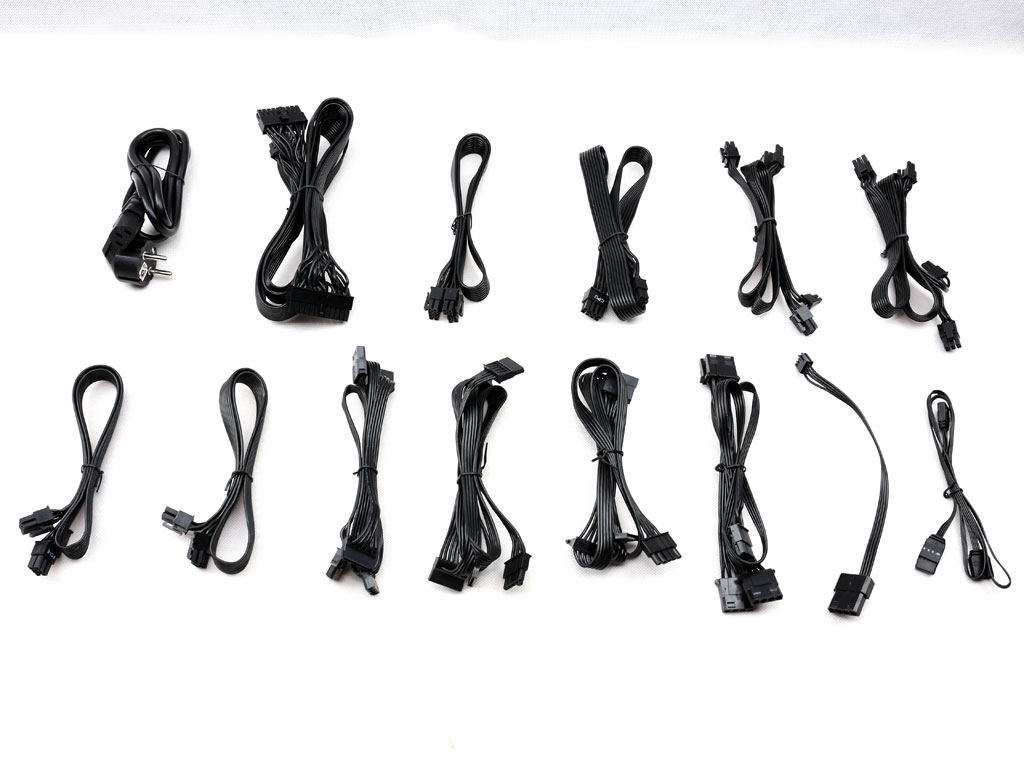
Besides a user's manual, the bundle also includes a number of zip ties and Velcro straps, two sets of fixing bolts, and a pouch that comes in handy for storing unused modular cables.
Exterior
A sticker covers the AC receptacle. In four languages, it tells you that the PSU's fan only spins under increased loads. This is good to know, especially for builders unfamiliar with semi-passive operation.
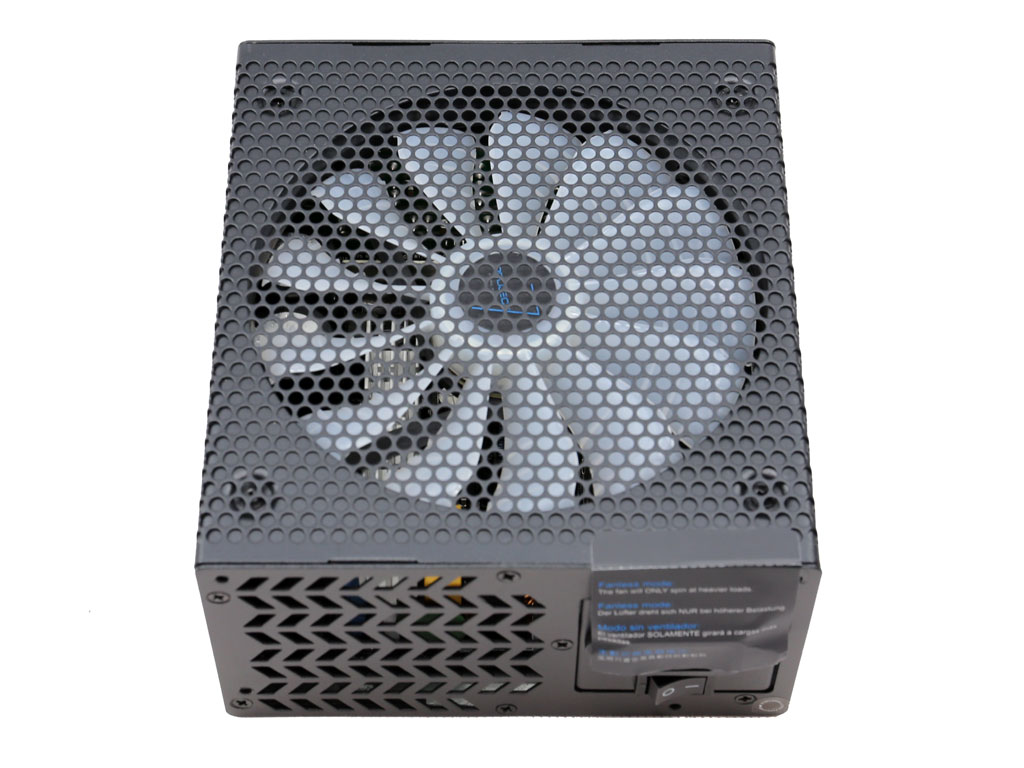
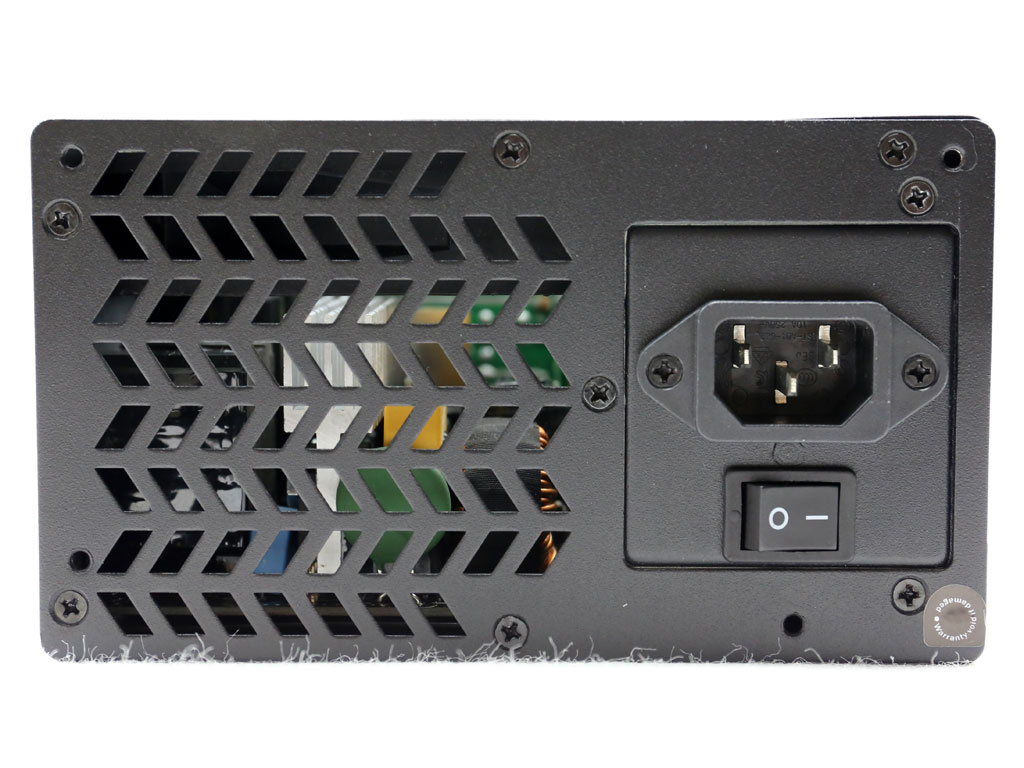
Holes in the front of the chassis are quite large. This might help with airflow, but it could also pose a safety risk if someone's kid shoves a small object inside one of those openings. Aerocool might want to use an enclosure with smaller holes on that side and simply increase the size of its perforated area to keep airflow unaffected.
Get Tom's Hardware's best news and in-depth reviews, straight to your inbox.
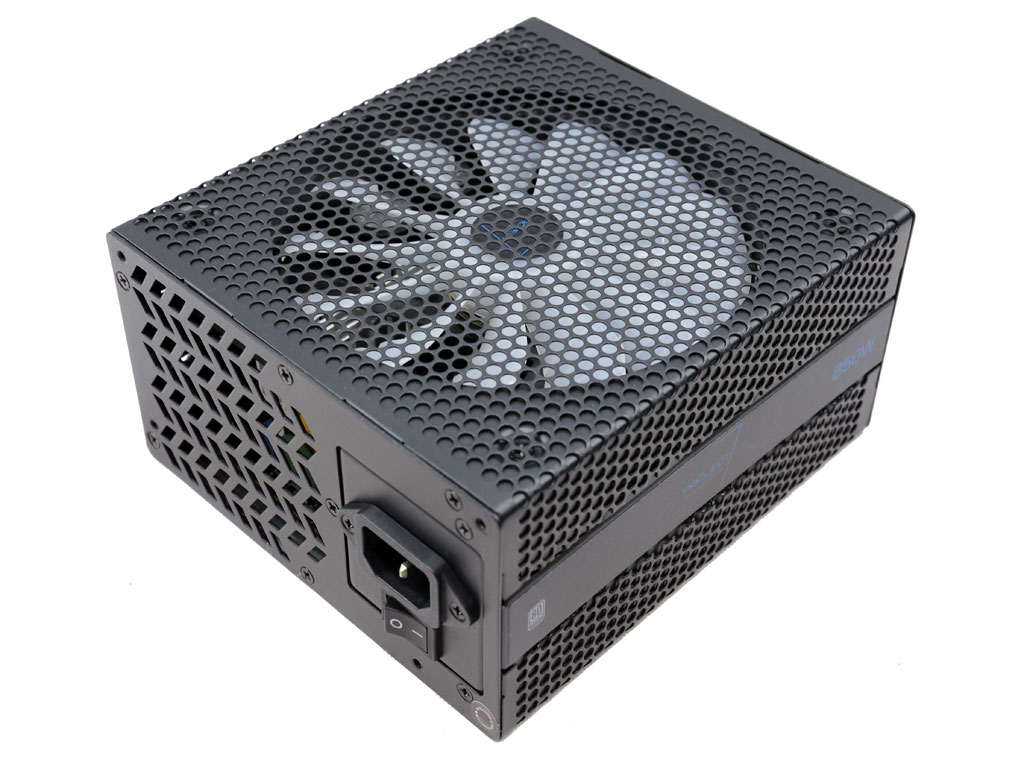
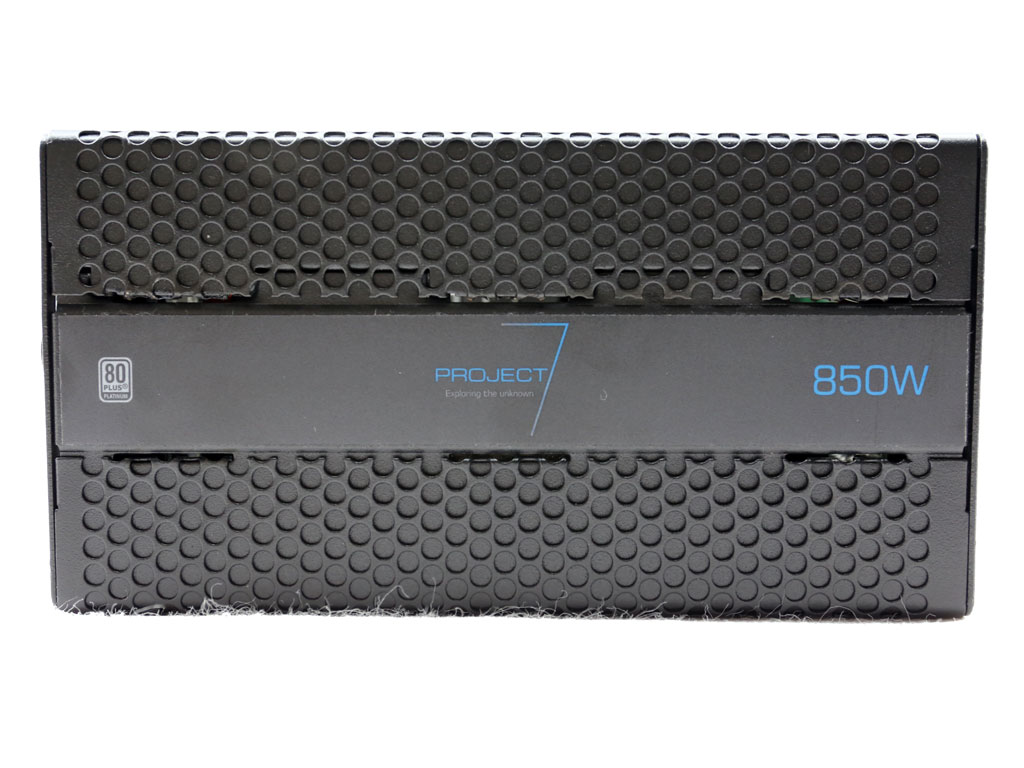
Stickers on the sides are quite small; really, the PSU's chassis doesn't have room for anything bigger.
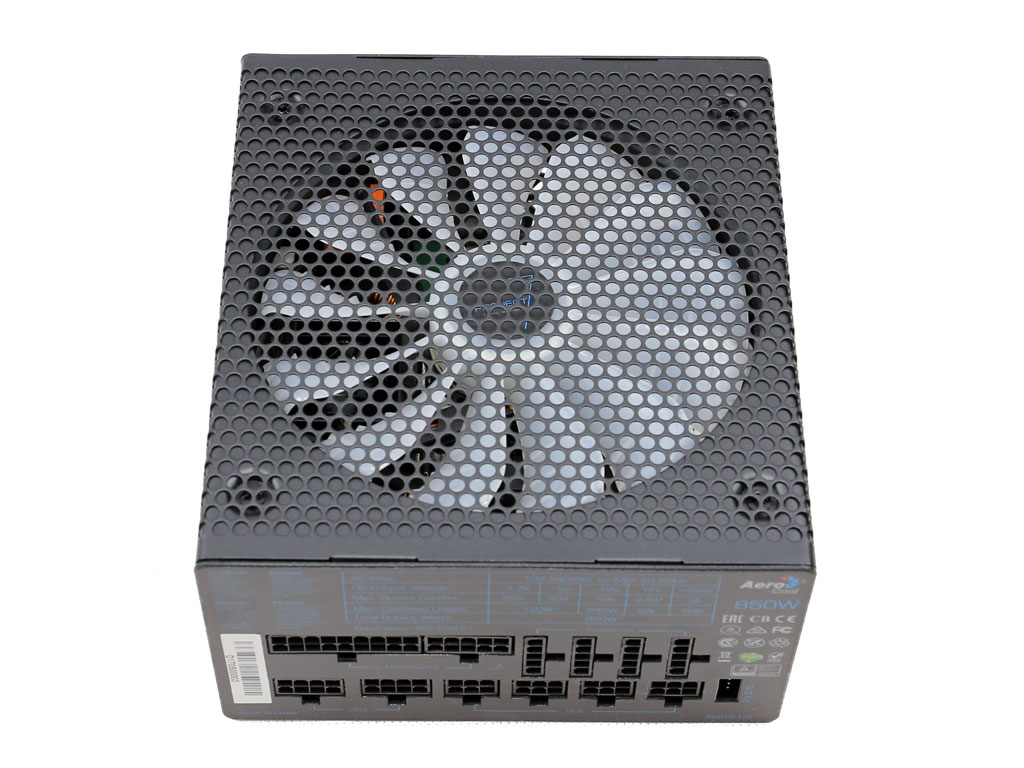
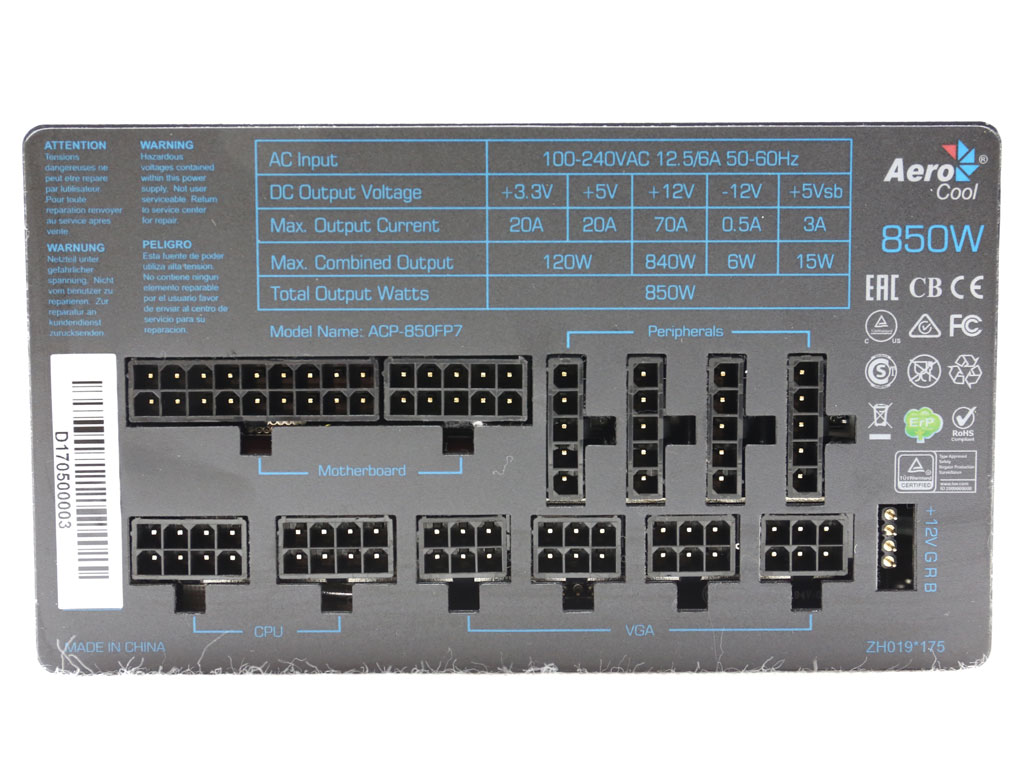
The power specifications label, which also depicts stuff like certification logos, covers the ACP-850FP7's modular board. Most users won't have to worry about this, but if you want to dismantle the power supply, you'll have to completely remove the label since it hides several screws.
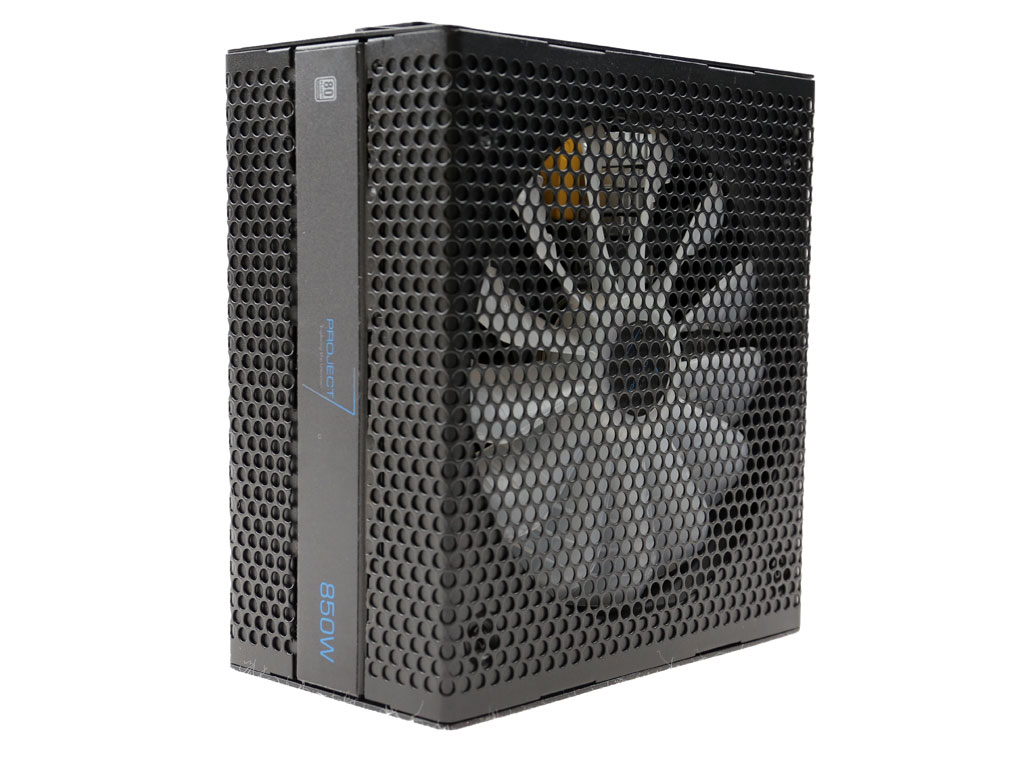
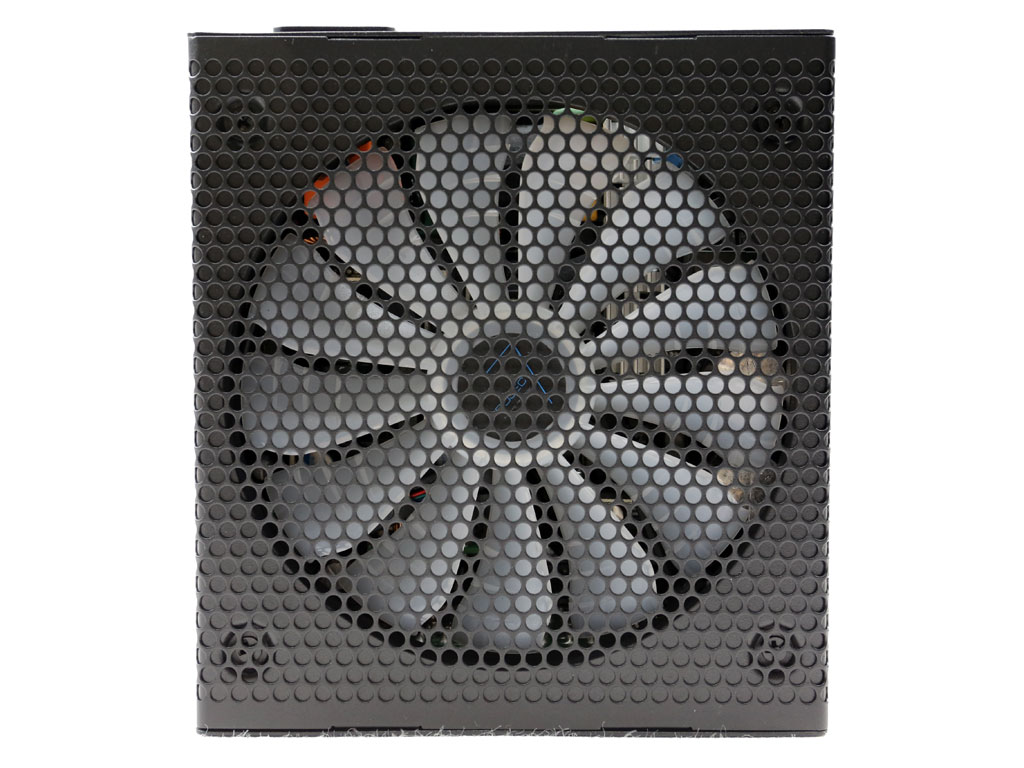
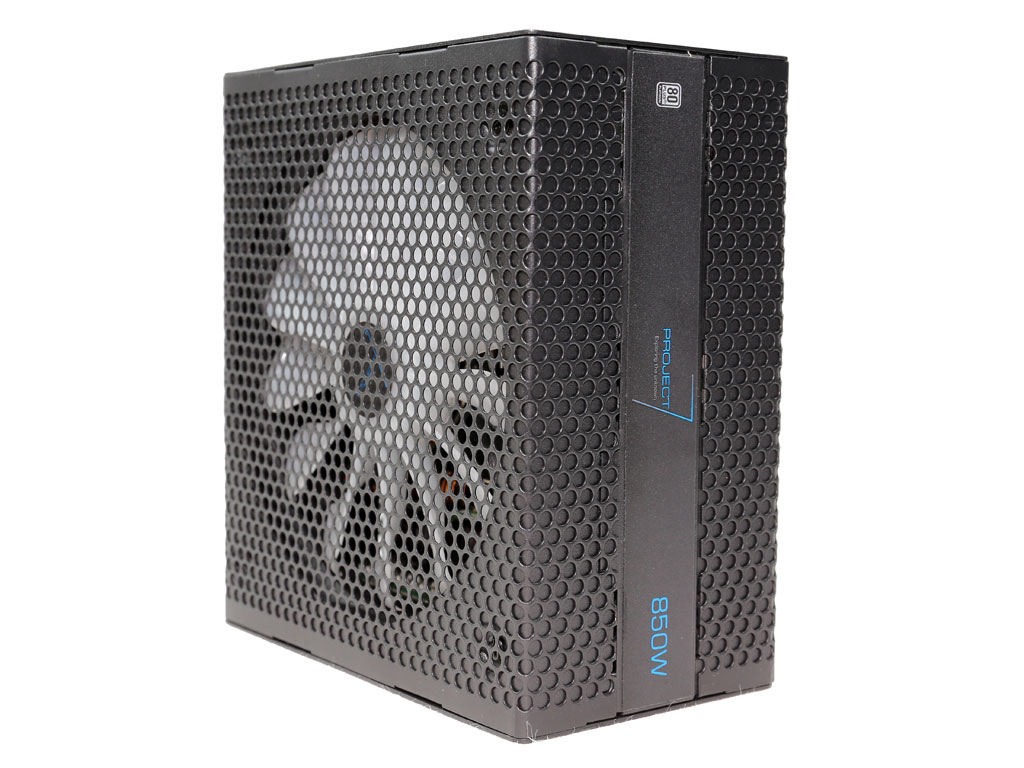
Compact dimensions for a 850W PSU and attractive aesthetics set this Aerocool product apart.
Cabling
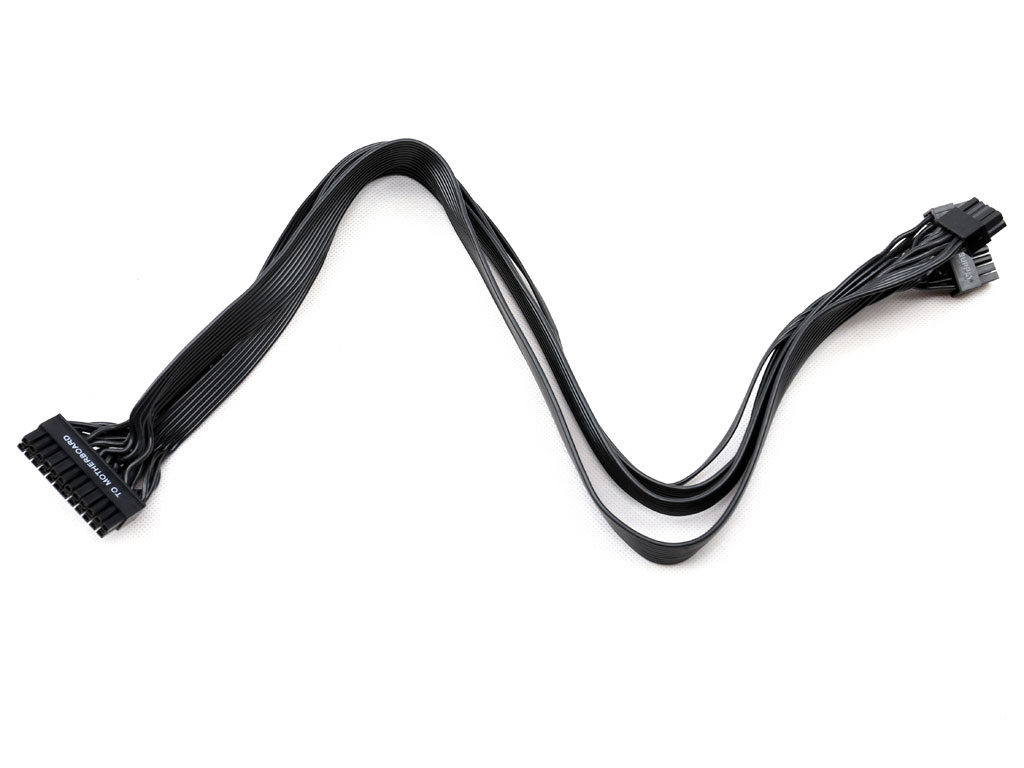
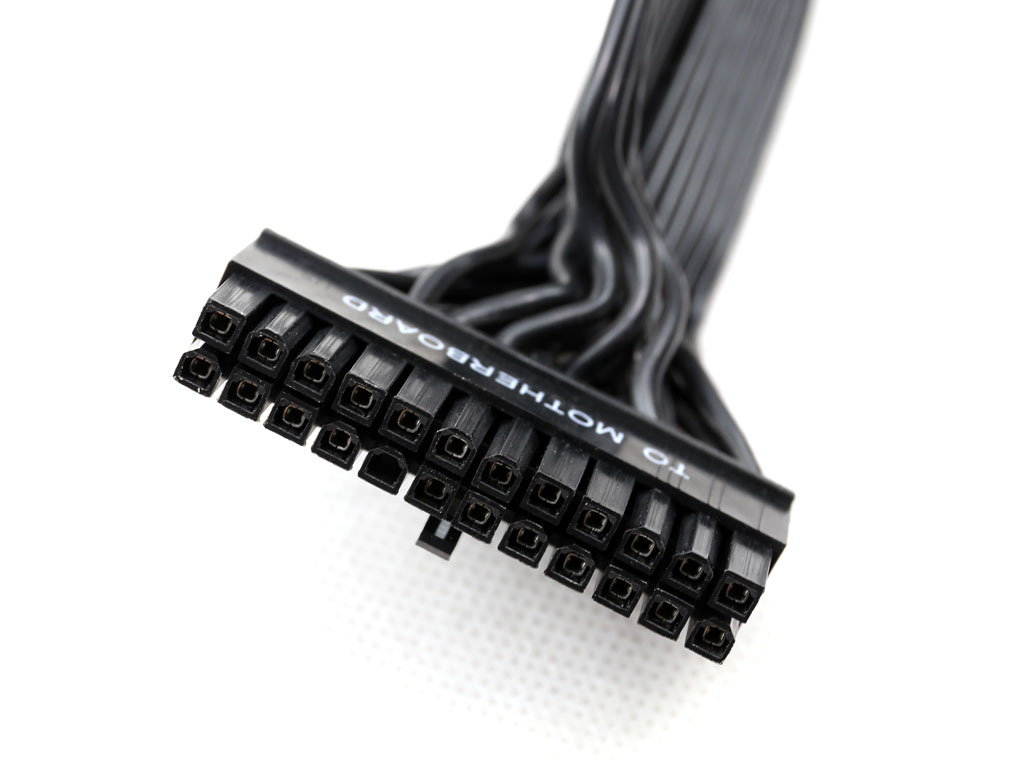
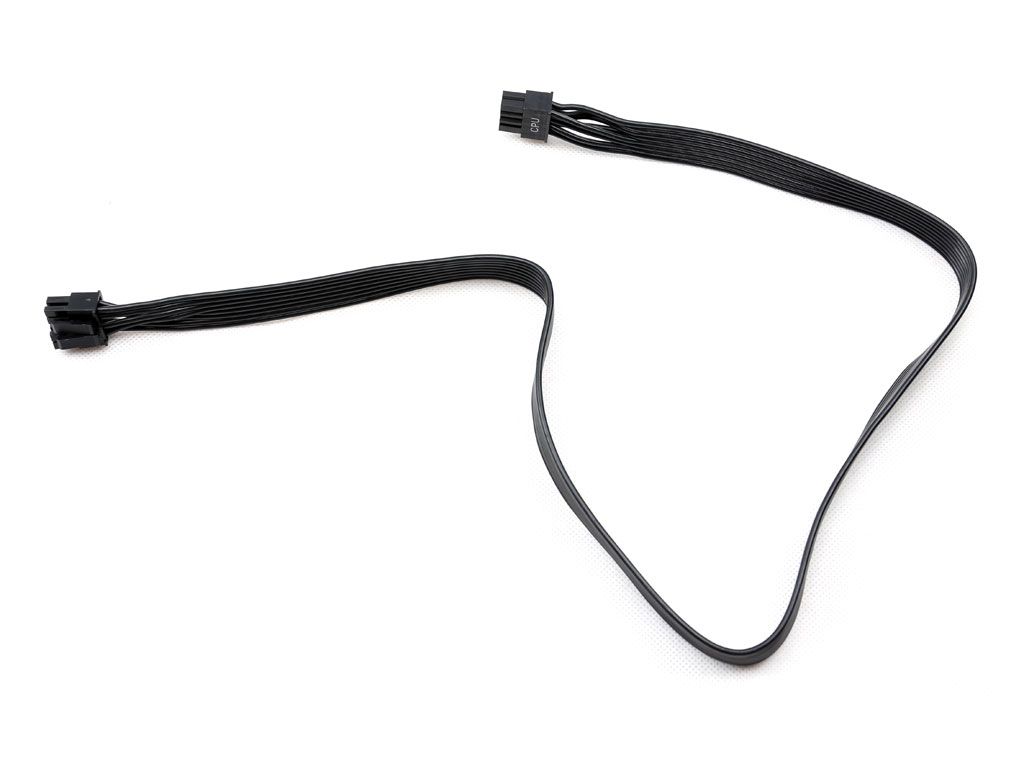

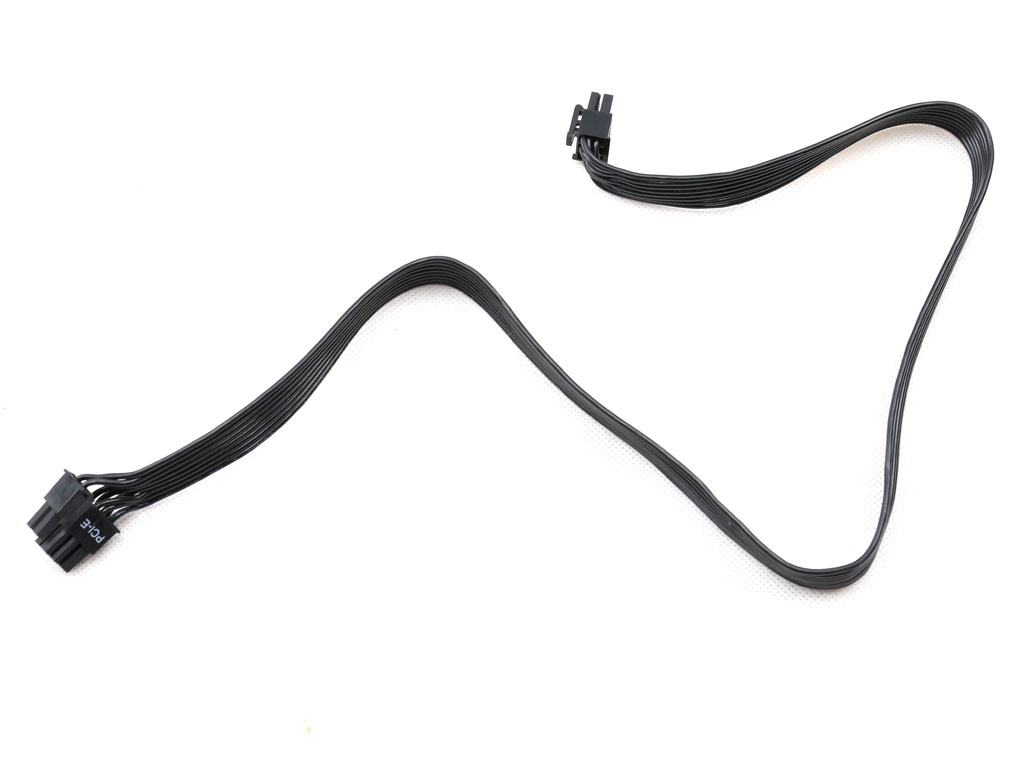
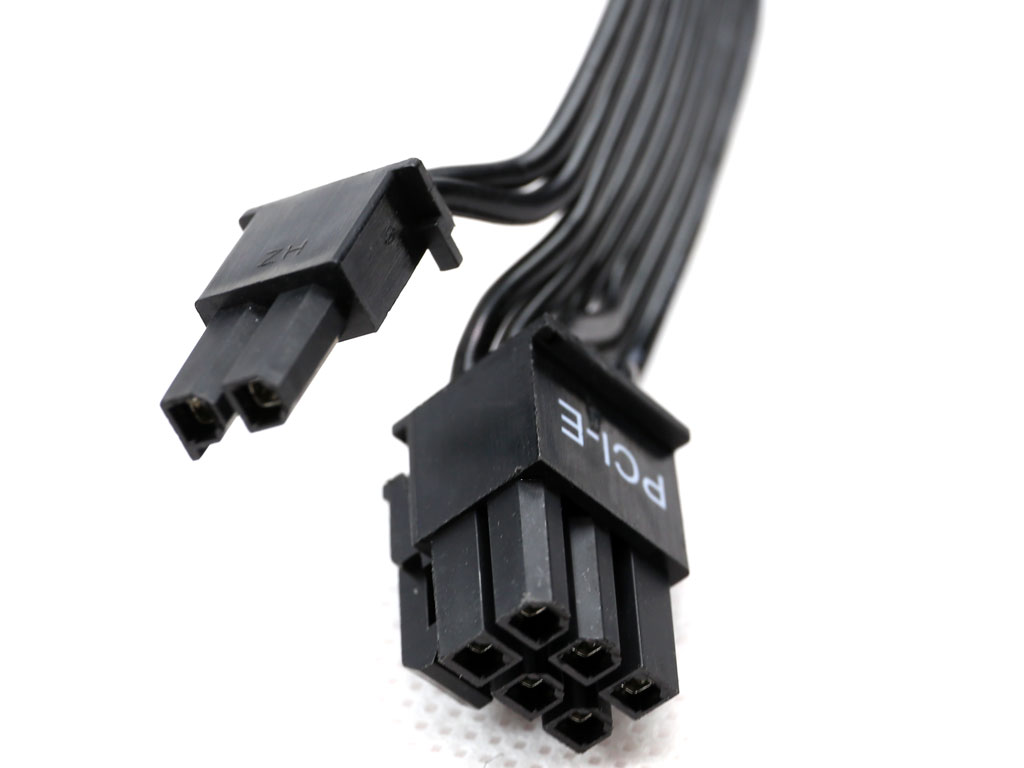
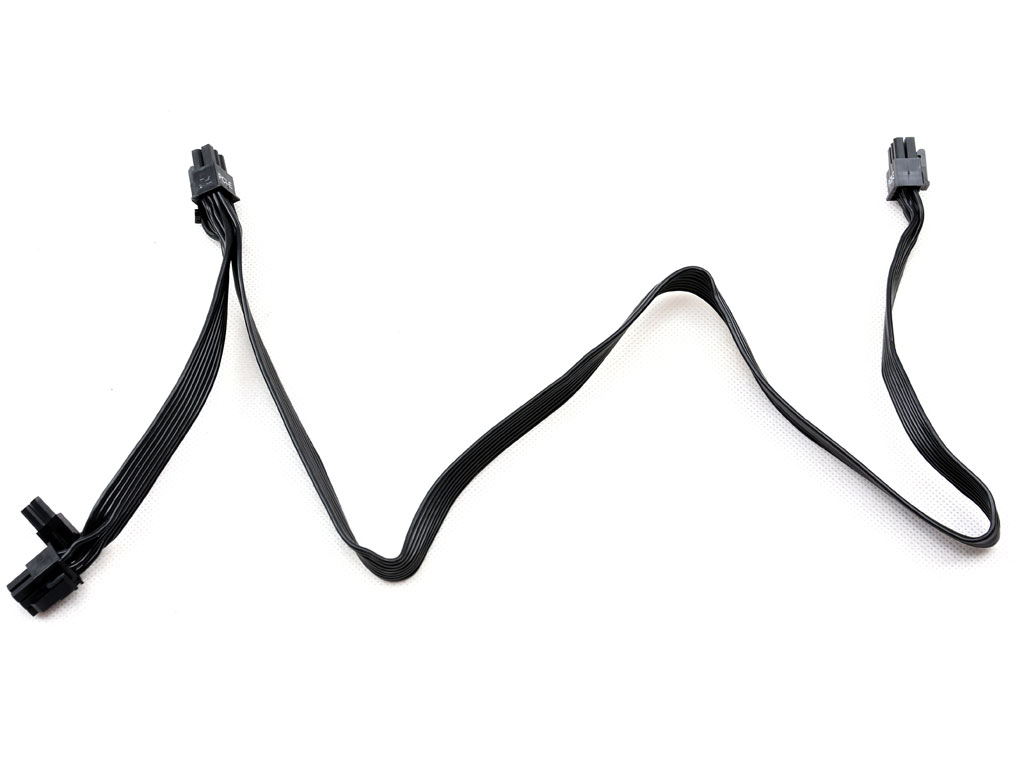
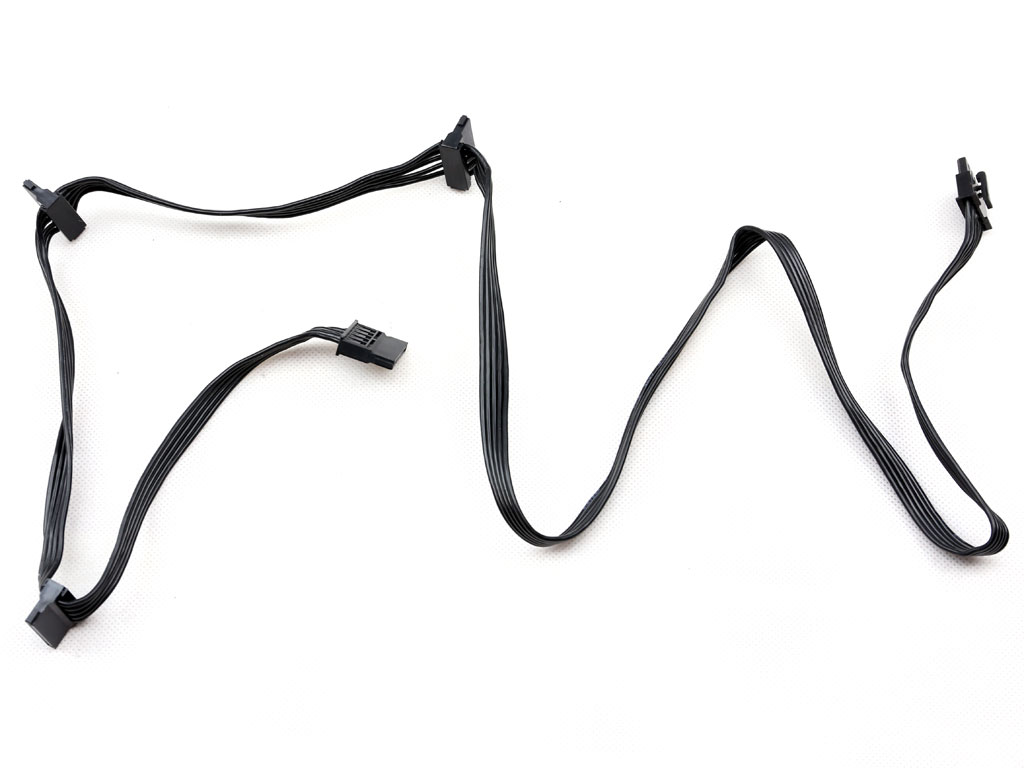
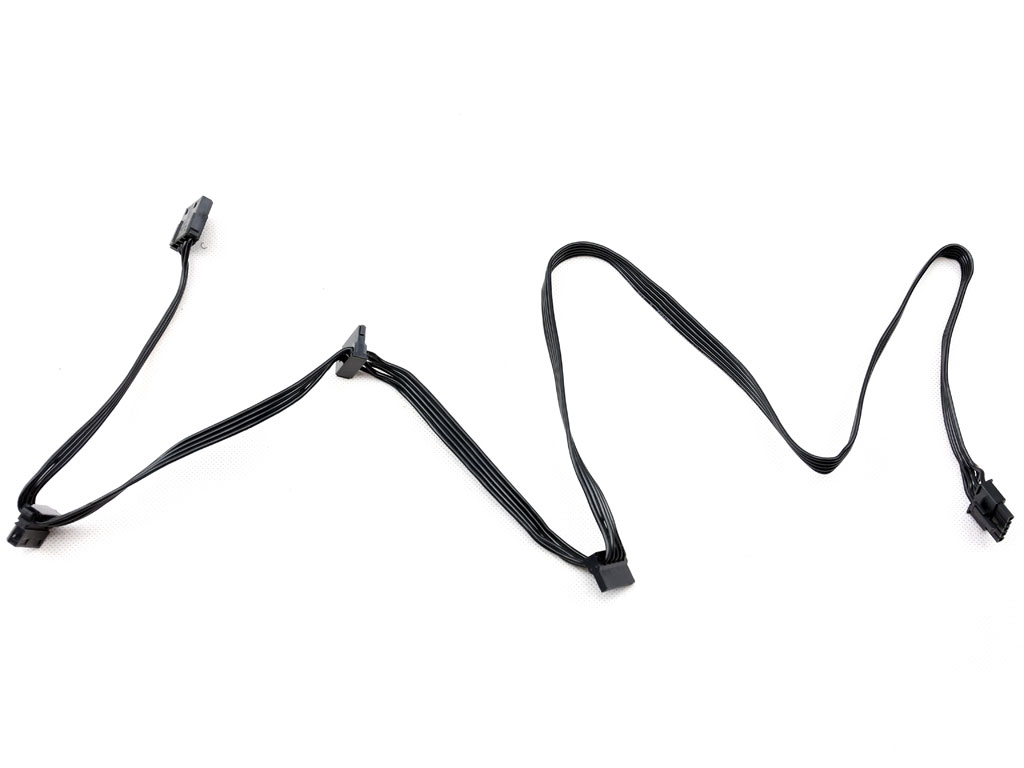
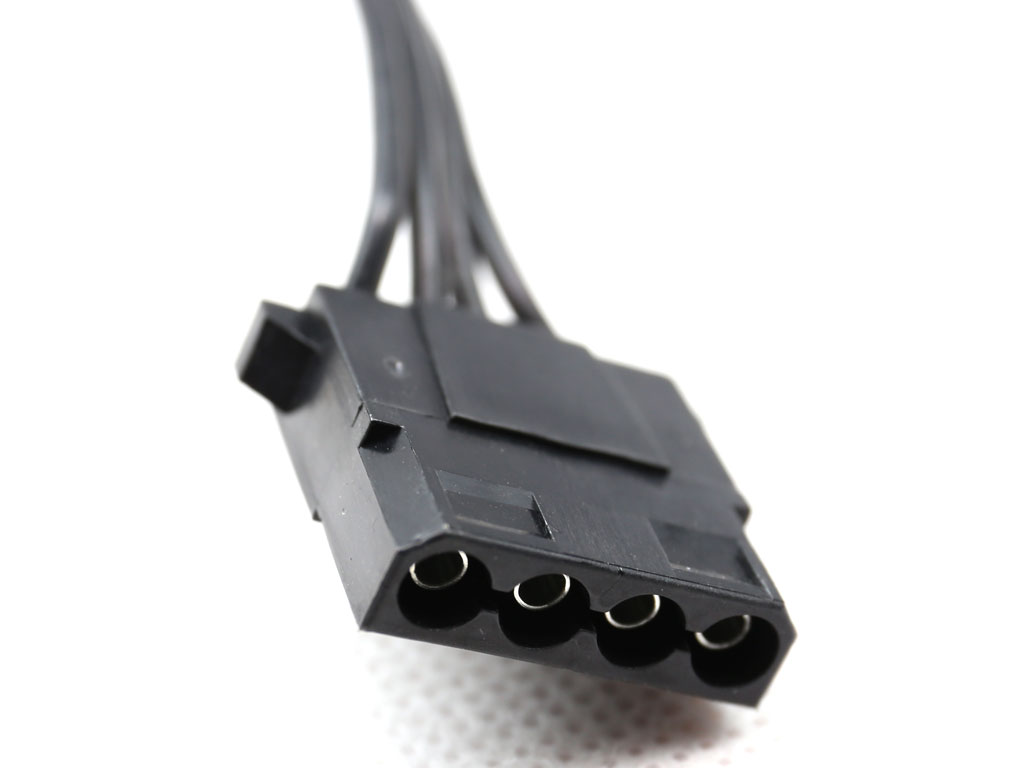
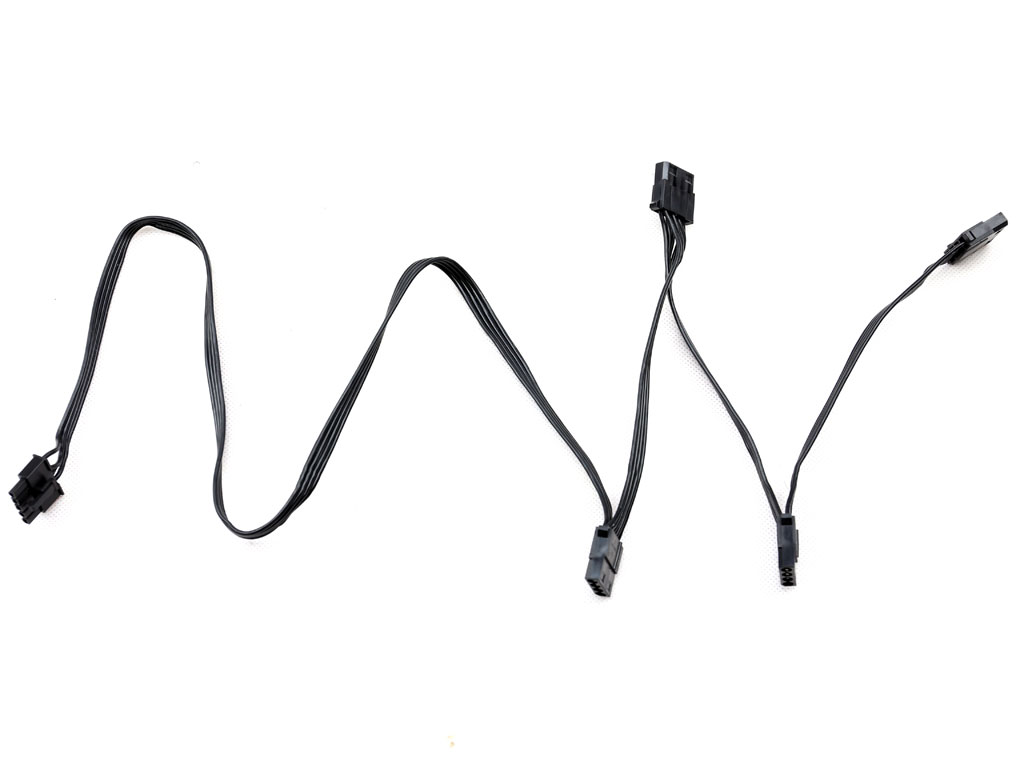
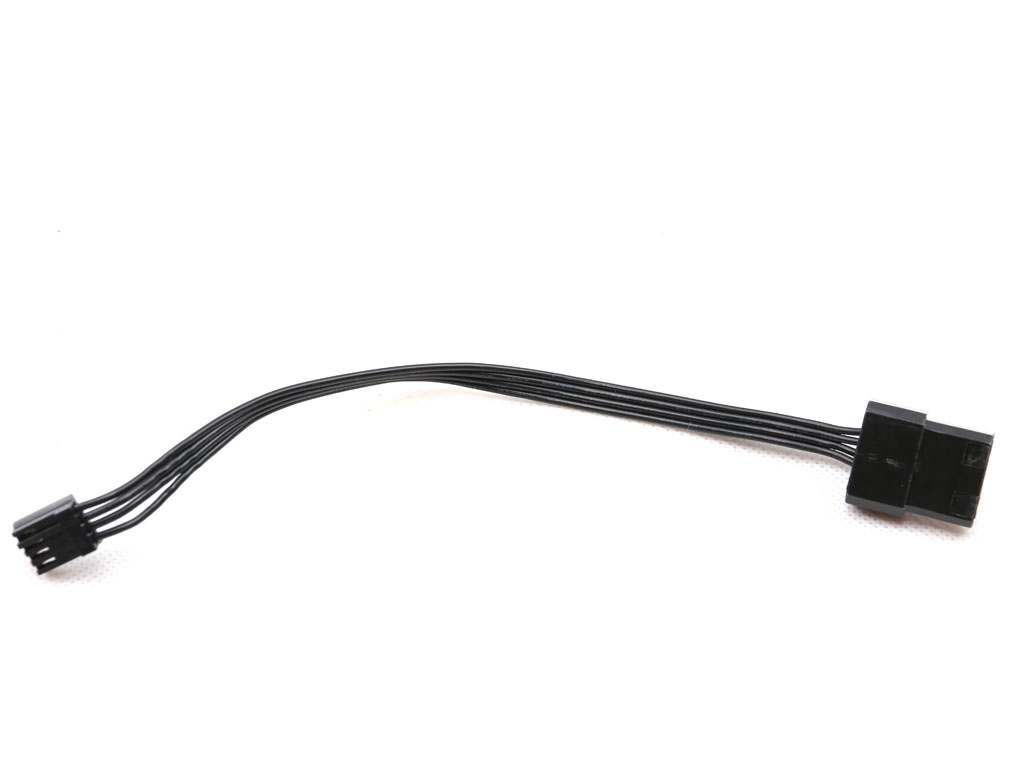
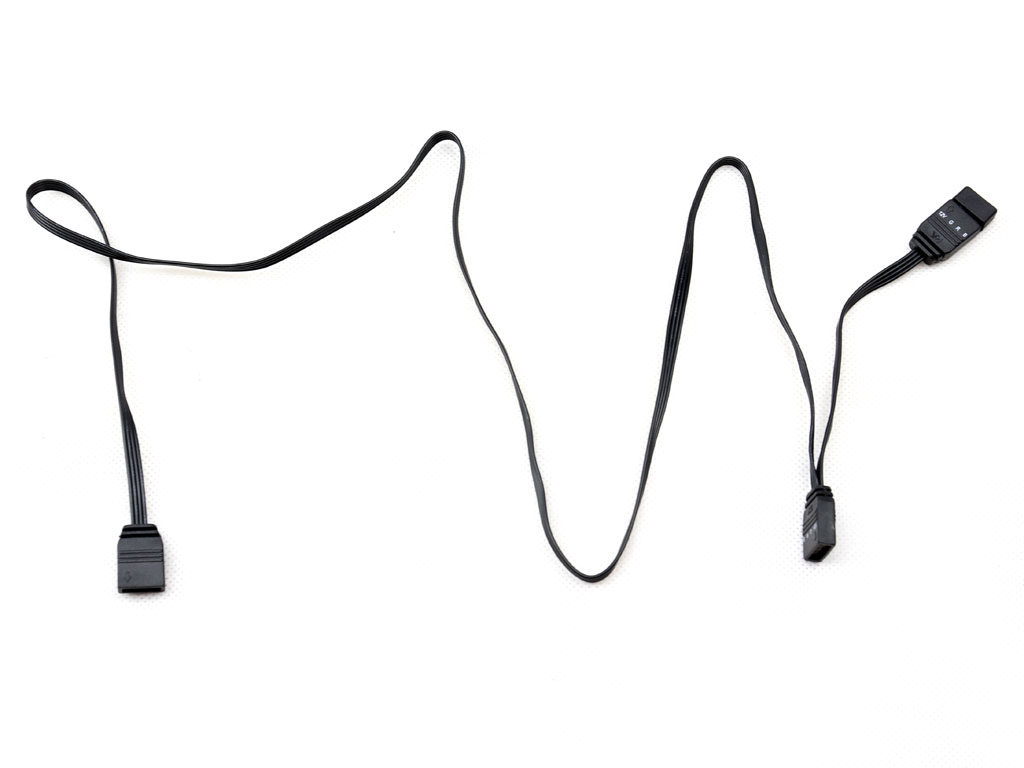

All cables are flat and use dark wires. The cherry on top is that Aerocool avoided using extra filtering caps on its cables, which would have made them bulky and difficult to route inside the chassis.
MORE: Best Power Supplies
MORE: How We Test Power Supplies
MORE: All Power Supply Content
Current page: Packaging, Contents, Exterior & Cabling
Prev Page Features & Specifications Next Page Teardown & Component Analysis
Aris Mpitziopoulos is a contributing editor at Tom's Hardware, covering PSUs.
